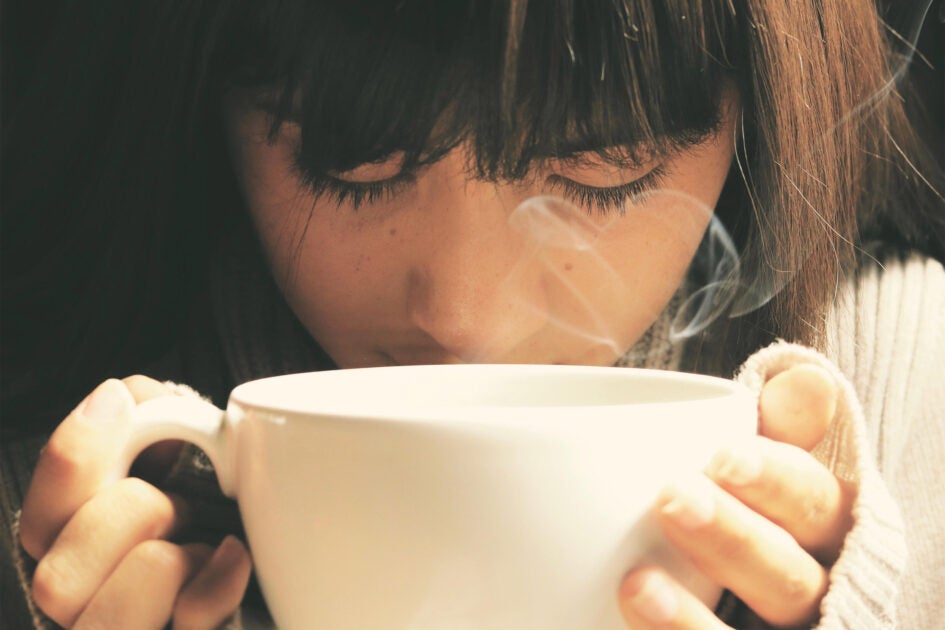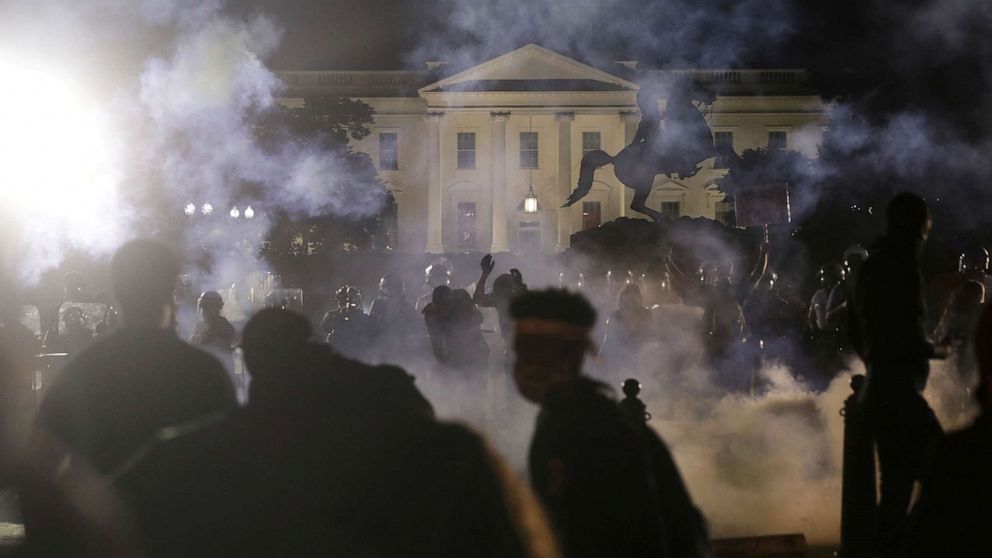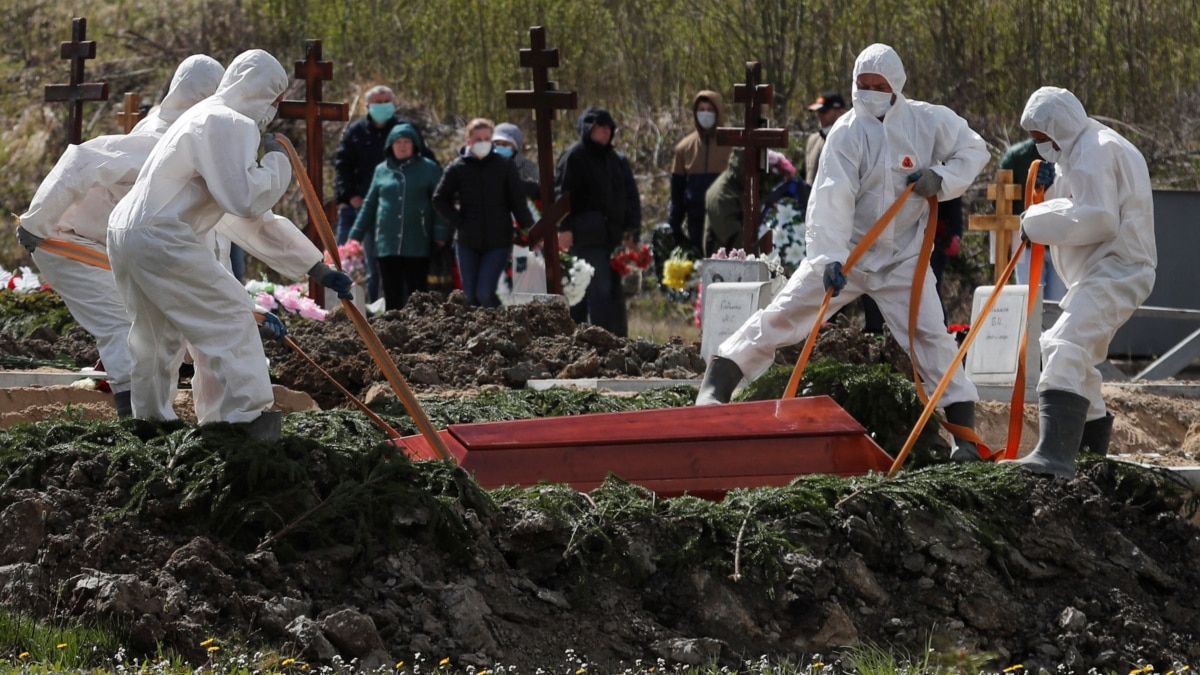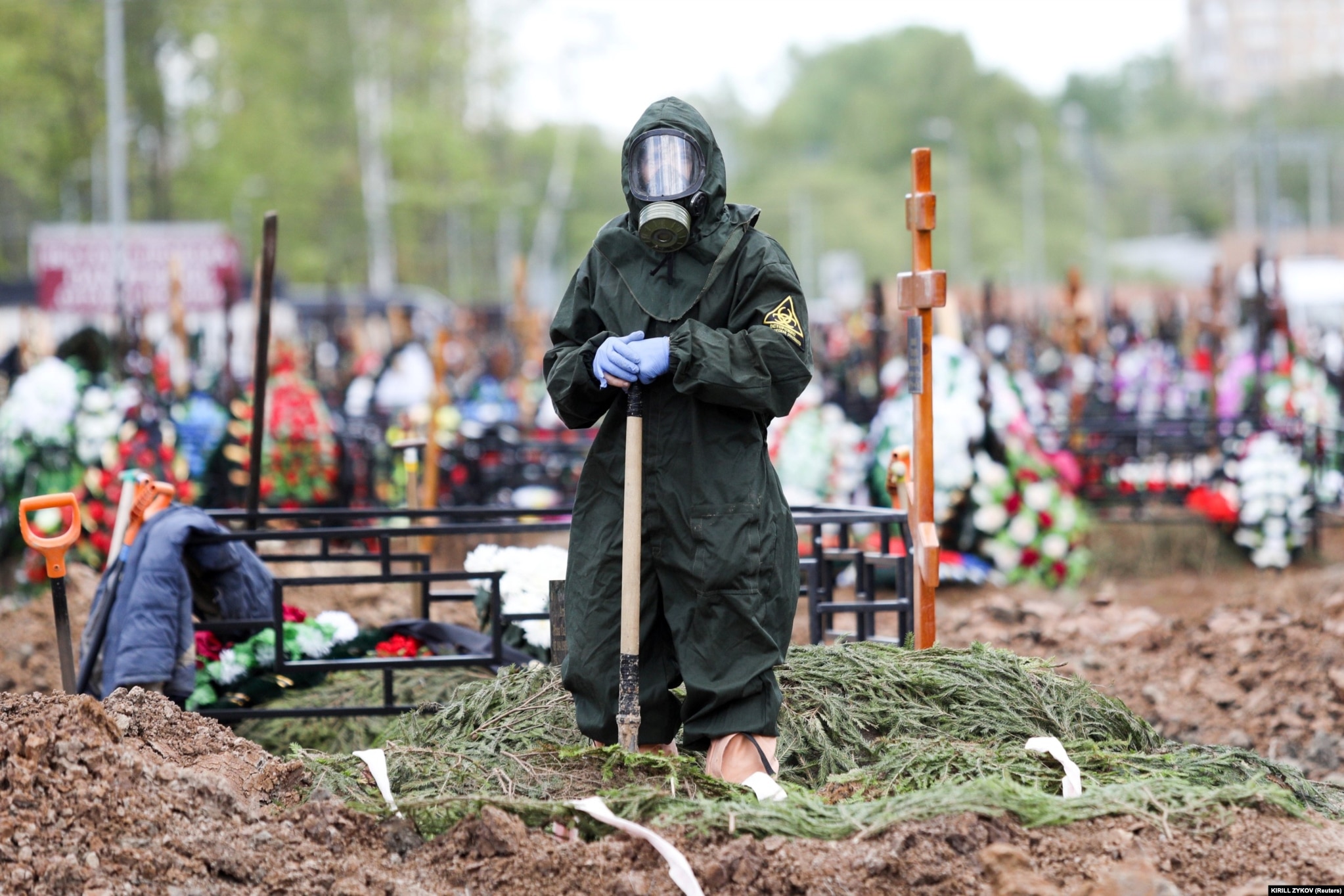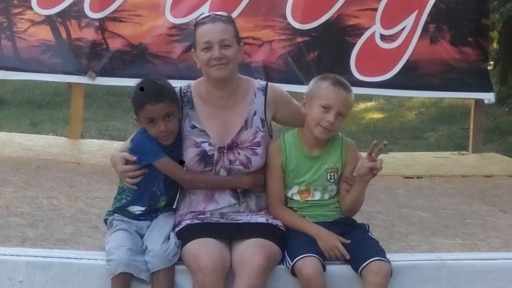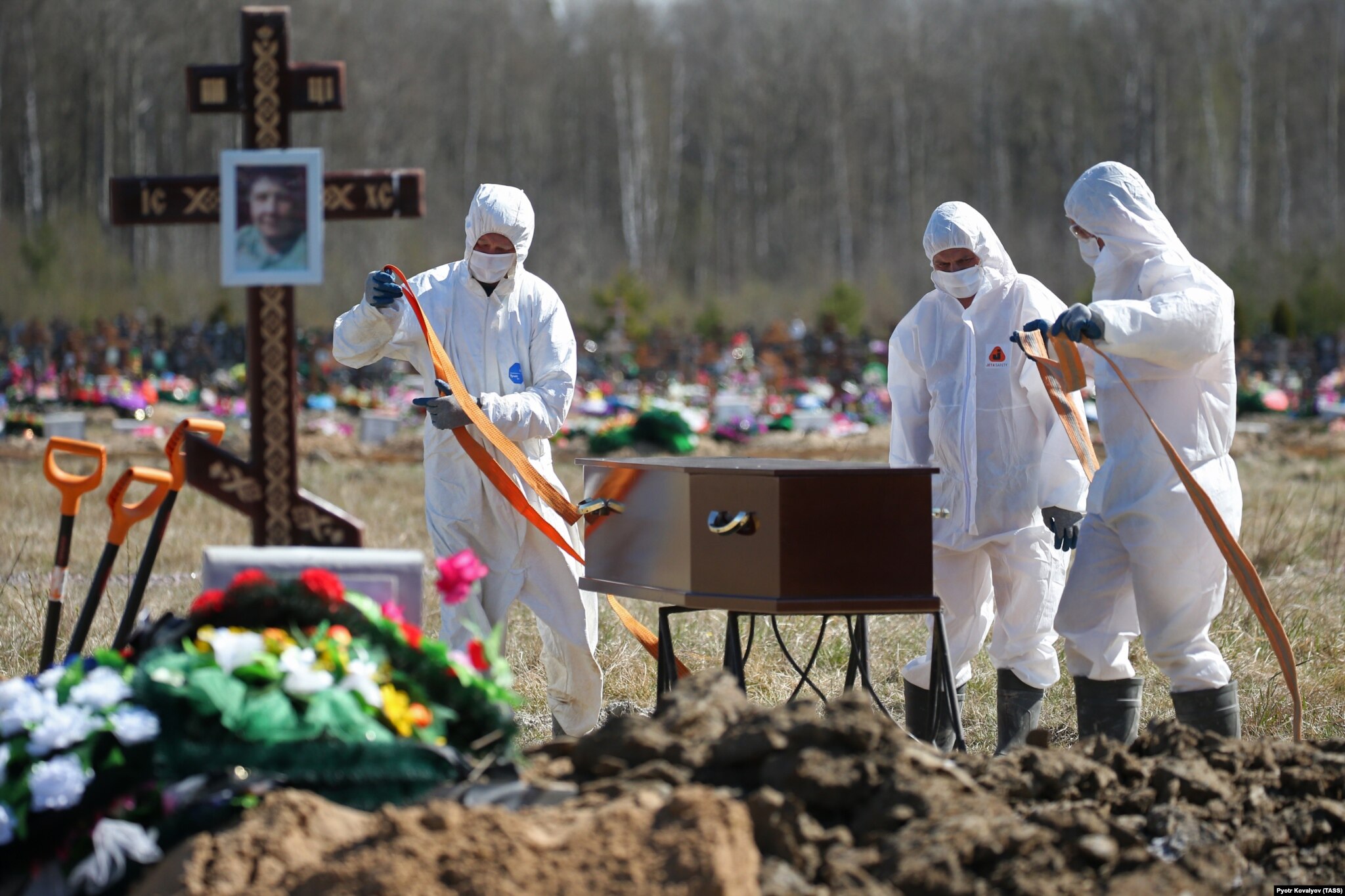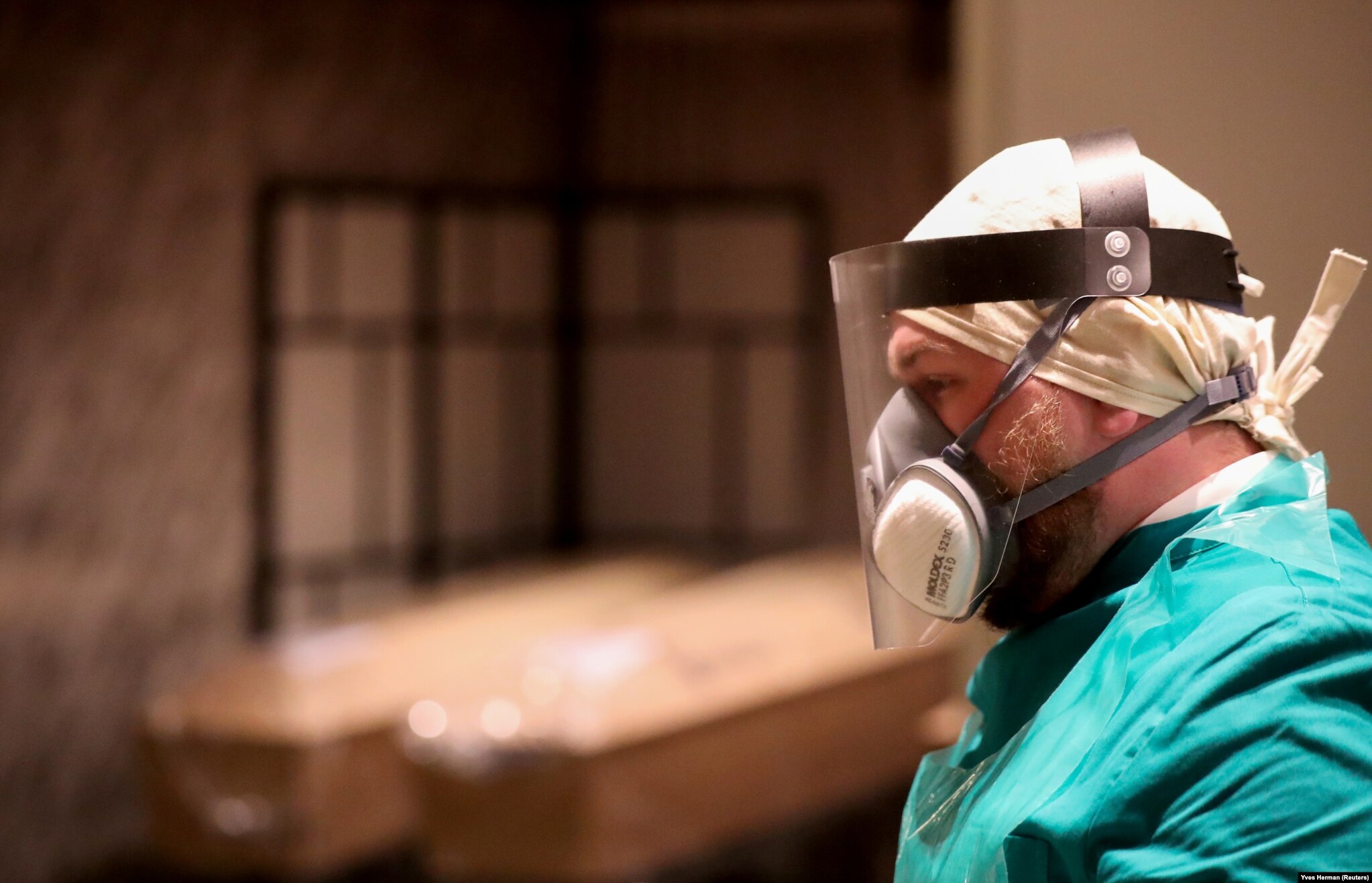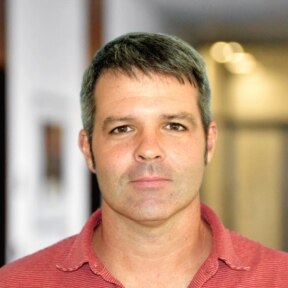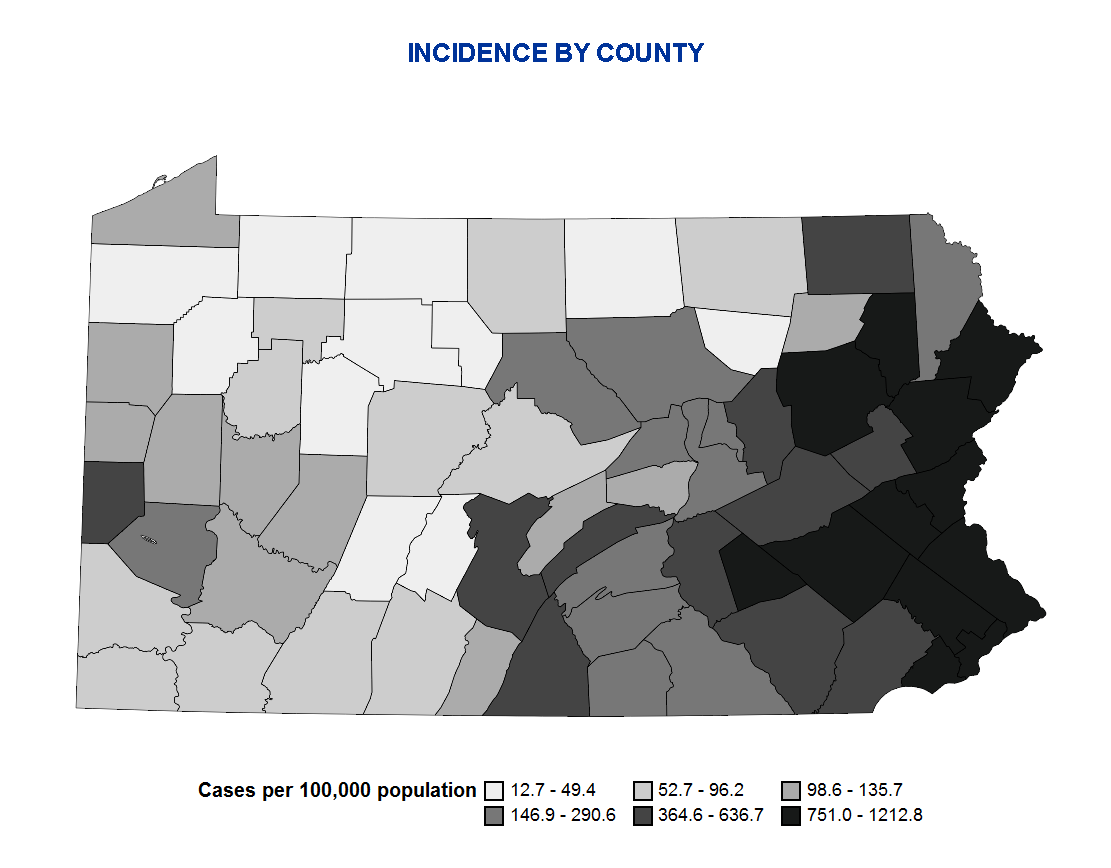Surgisphere, whose employees appear to include a sci-fi writer and adult content model, provided database behind Lancet and New England Journal of Medicine hydroxychloroquine studies

www.theguardian.com
(fair use applies)
Governments and WHO changed Covid-19 policy based on suspect data from tiny US company
Surgisphere, whose employees appear to include a sci-fi writer and adult content model, provided database behind Lancet and New England Journal of Medicine hydroxychloroquine studies
Melissa Davey in Melbourne and Stephanie Kirchgaessner in Washington and Sarah Boseley in London
Wed 3 Jun 2020 14.47 EDT
The World Health Organization and a number of national governments have changed their Covid-19 policies and treatments on the basis of flawed data from a little-known US healthcare analytics company, also calling into question the integrity of key studies published in some of the world’s most prestigious medical journals.
A Guardian investigation can reveal the US-based company Surgisphere, whose handful of employees appear to include a science fiction writer and an adult-content model, has provided data for multiple studies on Covid-19 co-authored by its chief executive, but has so far failed to adequately explain its data or methodology.
Data it claims to have legitimately obtained from more than a thousand hospitals worldwide formed the basis of scientific articles that have led to changes in Covid-19 treatment policies in Latin American countries. It was also behind a decision by the WHO and research institutes around the world to halt trials of the controversial drug hydroxychloroquine. On Wednesday, the WHO announced those trials would now resume.
Two of the world’s leading medical journals – the Lancet and the New England Journal of Medicine – published studies based on Surgisphere data. The studies were co-authored by the firm’s chief executive, Sapan Desai.
Late on Tuesday, after being approached by the Guardian, the Lancet released an “expression of concern” about its published study. The New England Journal of Medicine has also issued a similar notice.
An independent audit of the provenance and validity of the data has now been commissioned by the authors not affiliated with Surgisphere because of “concerns that have been raised about the reliability of the database”.
The Guardian’s investigation has found:
- A search of publicly available material suggests several of Surgisphere’s employees have little or no data or scientific background. An employee listed as a science editor appears to be a science fiction author and fantasy artist. Another employee listed as a marketing executive is an adult model and events hostess.
- The company’s LinkedIn page has fewer than 100 followers and last week listed just six employees. This was changed to three employees as of Wednesday.
- While Surgisphere claims to run one of the largest and fastest hospital databases in the world, it has almost no online presence. Its Twitter handle has fewer than 170 followers, with no posts between October 2017 and March 2020.
- Until Monday, the “get in touch” link on Surgisphere’s homepage redirected to a WordPress template for a cryptocurrency website, raising questions about how hospitals could easily contact the company to join its database.
- Desai has been named in three medical malpractice suits, unrelated to the Surgisphere database. In an interview with the Scientist, Desai previously described the allegations as “unfounded”.
- In 2008, Desai launched a crowdfunding campaign on the website Indiegogo promoting a wearable “next generation human augmentation device that can help you achieve what you never thought was possible”. The device never came to fruition.
- Desai’s Wikipedia page has been deleted following questions about Surgisphere and his history, first raised in 2010.
At a press conference on Wednesday, the WHO announced it would resume its global trial of hydroxychloroquine, after its data safety monitoring committee found there was no increased risk of death for Covid patients taking it.
The WHO director general, Dr Tedros Adhanom Ghebreyesus, said that all parts of the Solidarity trial, which is investigating a number of potential drug treatments, would go ahead. So far, more than 3,500 patients have been recruited to the trial in 35 countries.
“On the basis of the available mortality data, the members of the committee recommended that there are no reasons to modify the trial protocol,” said Tedros. “The executive group received this recommendation and endorsed continuation of all arms of the Solidarity trial, including hydroxychloroquine.”
Doubts over Lancet study
Questions surrounding Surgisphere have been growing in the medical community for the past few weeks.
On 22 May the Lancet published a blockbuster peer-reviewed study which found the antimalarial drug hydroxychloroquine, which has been promoted by Donald Trump, was associated with a higher mortality rate in Covid-19 patients and increased heart problems.
Trump, much to the dismay of the scientific community, had publicly touted hydroxychloroquine as a “wonder drug” despite no evidence of its efficacy for treating Covid-19.
The Lancet study, which listed Desai as one of the co-authors, claimed to have analysed Surgisphere data collected from nearly 96,000 patients with Covid-19, admitted to 671 hospitals from their database of 1,200 hospitals around the world, who received hydroxychloroquine alone or in combination with antibiotics.
The negative findings made global news and prompted the WHO to halt the hydroxychloroquine arm of its global trials.
But only days later Guardian Australia revealed glaring errors in the Australian data included in the study. The study said researchers gained access to data through Surgisphere from five hospitals, recording 600 Australian Covid-19 patients and 73 Australian deaths as of 21 April.
But data from Johns Hopkins University shows only 67 deaths from Covid-19 had been recorded in Australia by 21 April. The number did not rise to 73 until 23 April. Desai said one Asian hospital had accidentally been included in the Australian data, leading to an overestimate of cases there. The Lancet published a small retraction related to the Australian findings after the Guardian’s story, its only amendment to the study so far.
The Guardian has since contacted five hospitals in Melbourne and two in Sydney, whose cooperation would have been essential for the Australian patient numbers in the database to be reached. All denied any role in such a database, and said they had never heard of Surgisphere. Desai did not respond to requests to comment on their statements.
Another study using the Surgisphere database, again co-authored by Desai, found the anti-parasite drug ivermectin reduced death rates in severely ill Covid-19 patients. It was published online in the Social Science Research Network e-library, before peer-review or publication in a medical journal, and prompted the Peruvian government to add ivermectin to its national Covid-19 therapeutic guidelines.
The New England Journal of Medicine also published a peer-reviewed Desai study based on Surgisphere data, which included data from Covid-19 patients from 169 hospitals in 11 countries in Asia, Europe and North America. It found common heart medications known as angiotensin-converting–enzyme inhibitors and angiotensin-receptor blockers were not associated with a higher risk of harm in Covid-19 patients.
On Wednesday, the NEJM and the Lancet published an expression of concern about the hydroxychloroquine study, which listed respected vascular surgeon Mandeep Mehra as the lead author and Desai as co-author.
Lancet editor Richard Horton told the Guardian: “Given the questions raised about the reliability of the data gathered by Surgisphere, we have today issued an Expression of Concern, pending further investigation.
“An independent data audit is currently underway and we trust that this review, which should be completed within the next week, will tell us more about the status of the findings reported in the paper by Mandeep Mehra and colleagues.”
Surgisphere ‘came out of nowhere’
One of the questions that has most baffled the scientific community is how Surgisphere, established by Desai in 2008 as a medical education company that published textbooks, became the owner of a powerful international database. That database, despite only being announced by Surgisphere recently, boasts access to data from 96,000 patients in 1,200 hospitals around the world.
When contacted by the Guardian, Desai said his company employed just 11 people. The employees listed on LinkedIn were recorded on the site as having joined Surgisphere only two months ago. Several did not appear to have a scientific or statistical background, but mention expertise in strategy, copywriting, leadership and acquisition.
Dr James Todaro, who runs MedicineUncensored, a website that publishes the results of hydroxychloroquine studies, said: “Surgisphere came out of nowhere to conduct perhaps the most influential global study in this pandemic in the matter of a few weeks.
“It doesn’t make sense,” he said. “It would require many more researchers than it claims to have for this expedient and [size] of multinational study to be possible.”
Desai told the Guardian: “Surgisphere has been in business since 2008. Our healthcare data analytics services started about the same time and have continued to grow since that time. We use a great deal of artificial intelligence and machine learning to automate this process as much as possible, which is the only way a task like this is even possible.”
It is not clear from the methodology in the studies that used Surgisphere data, or from the Surgisphere website itself, how the company was able to put in place data-sharing agreements from so many hospitals worldwide, including those with limited technology, and to reconcile different languages and coding systems, all while staying within the regulatory, data-protection and ethical rules of each country.
Desai said Surgisphere and its QuartzClinical content management system was part of a research collaboration initiated “several years ago”, though he did not specify when.
“Surgisphere serves as a data aggregator and performs data analysis on this data,” he said. “We are not responsible for the source data, thus the labor intensive task required for exporting the data from an Electronic Health Records, converting it into the format required by our data dictionary, and fully deidentifying the data is done by the healthcare partner.”
This appears to contradict the claim on the QuartzClinical website that it does all the work, and “successfully integrates your electronic health record, financial system, supply chain, and quality programs into one platform”. Desai did not explain this apparent contradiction when the Guardian put it to him.
Desai said the way Surgisphere obtained data was “always done in compliance with local laws and regulations. We never receive any protected health information or individually identifiable information.”
Peter Ellis, the chief data scientist of Nous Group, an international management consultancy that does data integration projects for government departments, expressed concern that Surgisphere database was “almost certainly a scam”.
“It is not something that any hospital could realistically do,” he said. “De-identifying is not just a matter of knocking off the patients’ names, it is a big and difficult process. I doubt hospitals even have capability to do it appropriately. It is the sort of thing national statistics agencies have whole teams working on, for years.”
“There’s no evidence online of [Surgisphere] having any analytical software earlier than a year ago. It takes months to get people to even look into joining these databases, it involves network review boards, security people, and management. It just doesn’t happen with a sign-up form and a conversation.”
None of the information from Desai’s database has yet been made public, including the names of any of the hospitals, despite the Lancet being among the many signatories to a statement on data-sharing for Covid-19 studies. The Lancet study is now disputed by 120 doctors.
When the Guardian put a detailed list of concerns to Desai about the database, the study findings and his background, he responded: “There continues to be a fundamental misunderstanding about what our system is and how it works”.
“There are also a number of inaccuracies and unrelated connections that you are trying to make with a clear bias toward attempting to discredit who we are and what we do,” he said. “We do not agree with your premise or the nature of what you have put together, and I am sad to see that what should have been a scientific discussion has been denigrated into this sort of discussion.”
‘The peak of human evolution’
An examination of Desai’s background found that the vascular surgeon has been named in three medical malpractice suits in the US, two of them filed in November 2019. In one case, a lawsuit filed by a patient, Joseph Vitagliano, accused Desai and Northwest Community Hospital in Illinois, where he worked until recently, of being “careless and negligent”, leading to permanent damage following surgery.
Northwest Community Hospital confirmed that Desai had been employed there since June 2016 but had voluntarily resigned on 10 February 2020 “for personal reasons”.
“Dr Desai’s clinical privileges with NCH were not suspended, revoked or otherwise limited by NCH,” a spokeswoman said. The hospital declined to comment on the malpractice suits. Desai said in the interview with the Scientist that he deemed any lawsuit against him to be “unfounded”.
Brigham and Women’s Hospital, the institution affiliated with the hydroxychloroquine study and its lead author, Mandeep Mehra, said in a statement: “Independent of Surgisphere, the remaining co-authors of the recent studies published in The Lancet and the New England Journal of Medicine have initiated independent reviews of the data used in both papers after learning of the concerns that have been raised about the reliability of the database”.
Mehra said he had routinely underscored the importance and value of randomised, clinical trials and that such trials were necessary before any conclusions could be reached. “I eagerly await word from the independent audits, the results of which will inform any further action,” he said.
Desai’s now-deleted Wikipedia page said he held a doctorate in law and a PhD in anatomy and cell biology, as well as his medical qualifications. A biography of Desai on a brochure for an international medical conference says he has held multiple physician leadership roles in clinical practice, and that he is “a certified lean six sigma master black belt”.
It is not the first time Desai has launched projects with ambitious claims. In 2008, he launched a crowdfunding campaign on the website indiegogo promoting a “next generation human augmentation device” called Neurodynamics Flow, which he said “can help you achieve what you never thought was possible”.
“With its sophisticated programming, optimal neural induction points, and tried and true results, Neurodynamics Flow allows you to rise to the peak of human evolution,” the description said. The device raised a few hundred dollars, and never eventuated.
Ellis, the chief data scientist of Nous Group, said it was unclear why Desai made such bold claims about his products given how likely it was that the global research community would scrutinise them.
“My first reaction is it was to draw attention to his firm, Ellis said. “But it seems really obvious that this would backfire.”
Today Prof Peter Horby, Professor of Emerging Infectious Diseases and Global Health in the Nuffield Department of Medicine, University of Oxford, said: “I welcome the statement from the Lancet, which follows a similar statement by the NEJM regarding a study by the same group on cardiovascular drugs and COVID-19.
“The very serious concerns being raised about the validity of the papers by Mehra et al need to be recognised and actioned urgently, and ought to bring about serious reflection on whether the quality of editorial and peer review during the pandemic has been adequate. Scientific publication must above all be rigorous and honest. In an emergency, these values are needed more than ever.”
• This story was amended on 4 June 2020 to correct the number of patients in the Lancet study, originally reported as 15,000 rather than 96,000.

 www.theblaze.com
www.theblaze.com






